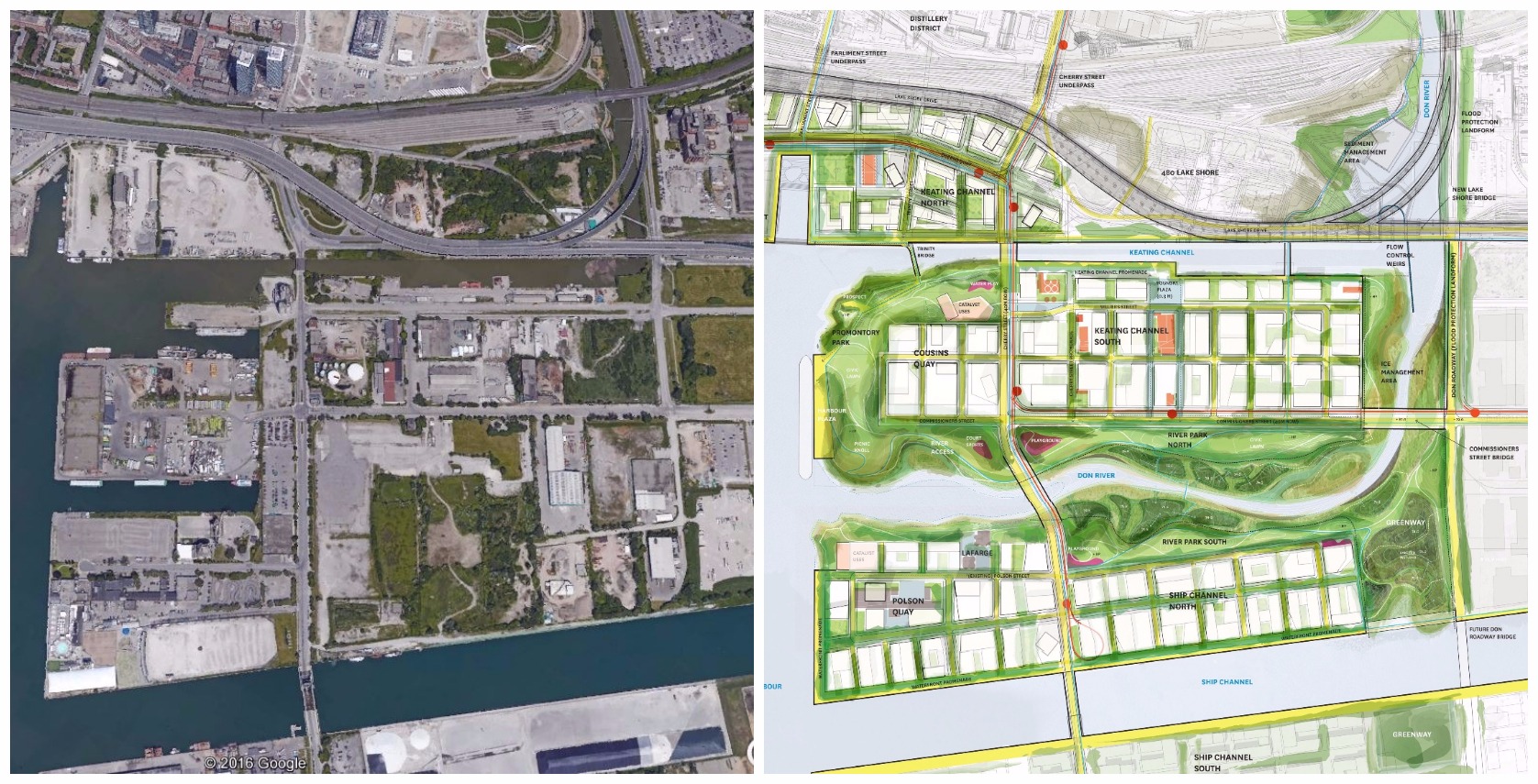I’m the first to admit that I’m not a transportation engineer nor an urban planner. But I just can’t see how a subway extension to Richmond Hill makes any sense. An extension to Steeles seems to make a lot of sense for both Toronto and for York. There is nowhere near the population density to support a subway north of there, not until Richmond Hill Centre, maybe, one day, if all things go as planned up there. The other thing, and this bugs me about the debate around TTC expansion from surburban politicians and the Province, is that subways are not commuter rail. Richmond Hill is just too far. The distance and the surburban form scream GO train not subway. Demands for subways from the mayor of Markham and the like are political hubris and don’t seem like good, value for (extraordinary) money transportation planning.
Can someone convince me that both from both capital and long term operating expense standpoints that fixing all that needs to be fixed on the Richmond Hill line to provide 10-15 minute service would not still be massively cheaper than building a subway a low density surburb?
I know this is my biased opinion, but still read what I have to say.
There is some evidence that shows an extension of the Yonge Line to Highway 7 is beneficial. There are some maps online that show a gap in the network at Yonge between Highway 7 and Finch (or Steeles if it use extended by 2 stops only).
I fully support Richmond Hill Line RER, but the fact is that it is hard to add stations south of Lawrence and flood protection and double tracking is necessary.
On the other hand, extending the subway north is quite trivial and having a major interchange station at Highway 7 is much friendlier than on st Steeles.
Another thing to keep in mind is how YRT/Viva structured it’s Viva Rapidway BRTs. Viva Blue, Purple, and Orange all funnel to RHC and people who want to continue south have to transfer to Viva Blue, and then to the subway at Finch. If all the routes terminated at Finch (or Steeles) then that would more that double the number of buses on Yonge, assuming they don’t reduce Viva Blue’s south of RHC service.
I think that if the subway isn’t built to Highway 7, then Viva should rethink their rapid transit network to better connect with GO transit and have more North-South routes that connect with the TTC at Steeles Ave (bus transfers), Finch/Steeles Station (Line 1), VMC (Line 1), Don Mills Station (Line 4), Humber College (Line 6), and STC (Line 2).
At the end of the day, the justification of the YNSE is from a network perspective and not a Toronto-only view.

